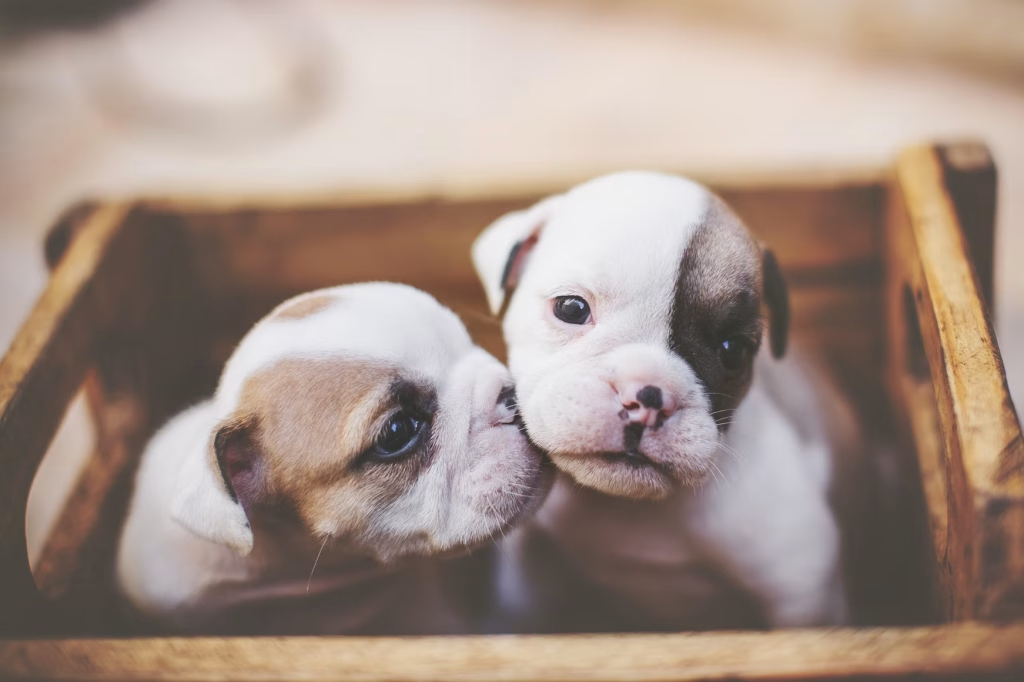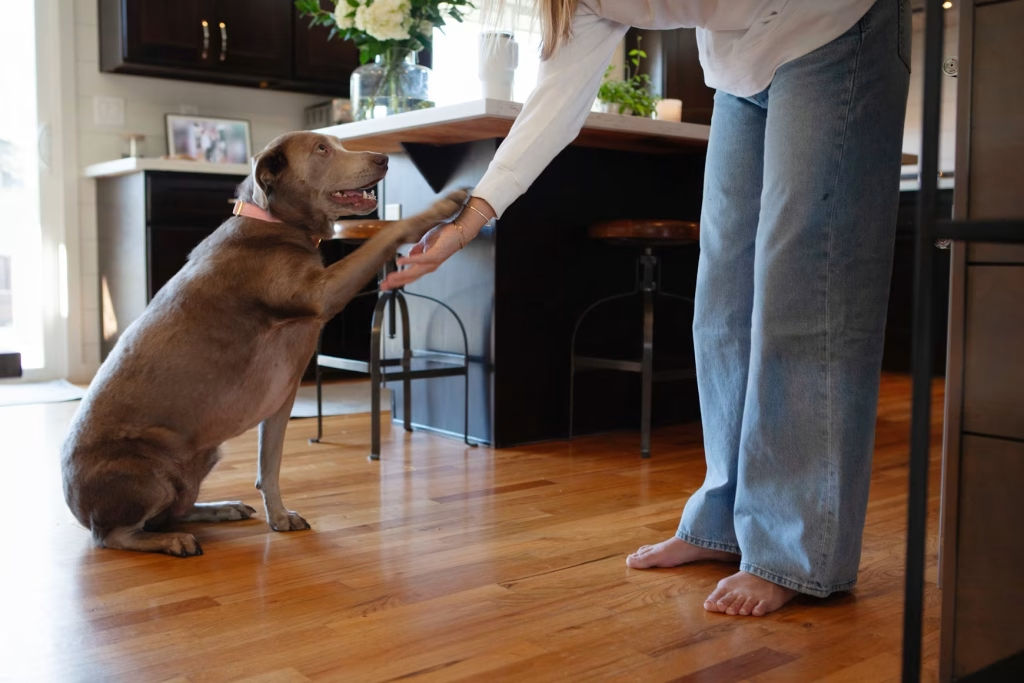
Bringing home a baby changes everything—including life for your dog. If your pup has been your “first baby” for years, introducing a newborn sibling can be a big adjustment.
The good news? With a little preparation and a lot of love, your dog and baby can build a strong bond right from the start. This guide walks you through thoughtful, practical ways to help your dog become the best furry big sibling they can be.
Below are five essential strategies to help your dog transition smoothly, feel secure, and respond well when baby finally arrives.
1. Start With Baby’s Scent
Dogs rely heavily on scent to understand their world—and a new baby brings a whole lot of new smells. One effective way to prepare your dog is to start introducing the baby’s scent gradually. Before you bring your baby home, let your dog sniff a blanket, hat, or onesie the baby has worn. This “scent preview” eases anxiety and sets the stage for a positive introduction.
2. Practice Baby Scenarios With a Doll
Your dog is used to fetch and sofa snuggles—but bouncing a baby? That’s new. Using a life‑like doll to simulate common baby activities can help desensitize your dog ahead of time. Try feeding, rocking, and carrying the doll while observing your pup’s reactions. It may feel silly, yet it makes a world of difference once the real bundle arrives.
3. Modify Your Dog’s Routine in Advance
Babies shake up well‑established routines, and pets often struggle with sudden change. Begin shifting walk times, feeding schedules, and attention windows a few weeks before your due date so your dog doesn’t associate the switch directly with the baby. A gradual transition keeps your pet feeling secure and reduces the risk of jealousy.

4. Teach and Reinforce Critical Commands
When your hands are full of bottles and blankets, the last thing you need is a pup leaping into the mix. That’s why it’s crucial to train key cues like “stay,” “leave it,” and “go to your mat”. Practice these commands in different rooms and with distractions so your dog responds reliably. Clear boundaries protect both baby and dog—and lower everyone’s stress.
5. Manage That First Meeting Carefully
The first encounter sets the tone. Professionals recommend a calm, staged introduction: have one adult greet the dog alone first, let the pup sniff a baby blanket, then bring the baby in once the excitement dies down. Use praise and treats to reinforce gentle, relaxed behavior.
A Growing Pack: Why This Transition Matters
Your baby’s arrival is a beautiful milestone—but for your dog, it can feel like a big unknown. Helping your pup feel included, safe, and respected during this time is one of the best gifts you can give both your child and your pet.
Think of this transition as expanding your family’s communication playbook. Introduce baby‑related sounds early—soft recordings of coos, gentle lullabies, even the faint whir of a swing—so Fido won’t be startled on day one. Rotate new baby scents, like freshly washed onesies or lotion, into your dog’s resting spaces, pairing them with praise and treats to build positive associations. Maintain your pup’s favorite routines—morning walks, puzzle feeders, evening cuddle time—so a sense of normalcy anchors the change.
Managed with care, the dog‑and‑baby relationship can blossom into a lifelong bond. Someday, hearing your child call your dog their “first best friend” will make every bit of preparation worthwhile.
What helped your dog adjust when your baby arrived? Share your tips in the comments—we’d love to hear your story!
Read More
- Tips for Ensuring a Cost-Effective Home Build for Your Family
- 4 Simple Ways Your Family Can Save Money

Samantha Warren is a holistic marketing strategist with 8+ years of experience partnering with startups, Fortune 500 companies, and everything in between. With an entrepreneurial mindset, she excels at shaping brand narratives through data-driven, creative content. When she’s not working, Samantha loves to travel and draws inspiration from her trips to Thailand, Spain, Costa Rica, and beyond.